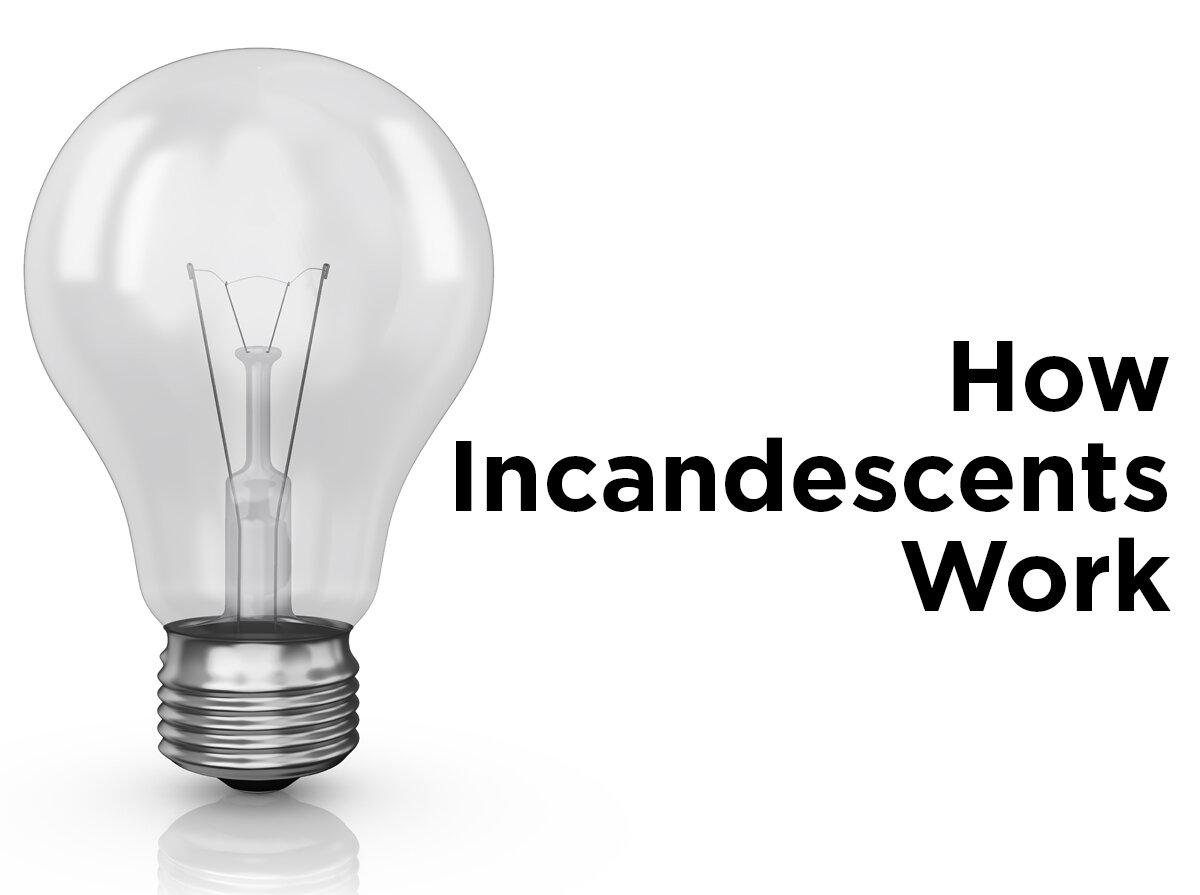When to Use Incandescent Light Bulbs
Incandescent bulbs have served us faithfully since 1879 but with the rise of LED technology, they have gotten a bad rep. Although incandescents output most of their light in infrared waves (i.e. heat), there are still a few places where traditional lighting works best. Whether it’s by necessity or for aesthetics, here are some key situations that need incandescent lighting.
When Efficiency and Cost Are Non-Factors
A prominent feature of LED bulbs is their low power consumption which results in lower electric bills. Businesses, with hundreds of fixtures running nearly 24 hours a day, or areas where the utility rates are higher than normal can benefit from the switch. However, if your utility rates are fairly reasonable throughout the year or a quick count reveals you have less than 40 sockets in your home, you can probably stick with incandescents for a while. In these cases, the efficiency and long-term cost reduction of LEDs aren’t significantly impactful to your bottom line.
In Low Traffic Areas
In addition to having fewer fixtures to light, you can also simply have fewer reasons to turn them on. Low traffic areas are best served by incandescent light bulbs. Rooms that go days or months at time, like a water heater closet, utility room, or the attic, without turning on a light don’t need a high efficiency bulb. Since incandescent light bulbs have a rather short average lifespan of about 1,000 hours, the reduced amount of on/off cycles lowers the wear and tear to the tungsten filaments, which lose their ability to emit light during the repeated heating process.
As Temporary Lighting
Only need your lighting for a short amount of time? Then incandescents are the way to go. For temporary setups, like patio lights for parties or temporary light stringers for construction sites, incandescent bulbs work great. You can use them in the short term for a few days or weeks and keep your lighting cost low.
In Heating Equipment
LED bulbs can go just about anywhere except when heat is involved. While there are LEDs for your fridges and freezers, they don’t fare well when the temperature rises. LEDs, like computers, need to have the heat they emit dissipated by heat sinks or the diodes will overheat and fail. LEDs do output heat, it’s not a lot of heat compared to incandescents, but it’s enough to cause the diodes to fail without proper ventilation. So sticking an LED bulb in your oven or microwave is a bad idea, instead use an appliance rated incandescent bulb when you need light inside of heating equipment.
When You Need a Certain Look
Personal preference is a common reason why some people choose incandescent lights over other sources. LEDs have advanced enough to closely mimic the approximate 2700 Kelvin, warm white color of incandescents. However, the classic glow of incandescent Christmas string lights or the amber-tinted shine of antique Edison bulbs is strangely difficult to replicate. If you want a certain look or feel to a room or light fixture and only incandescents will do, then use incandescent light bulbs.
It should be noted that, beginning in 2020, incandescents that cannot meet a 45 lumens per watt efficacy minimums are being phased out by the Department of Energy. The remaining stock of incandescents can still be sold but your everyday 60-watt bulb’s days are numbered. Luckily some exceptions this new ruling include lights you know and love like appliance lamps, black lights, colored lights, bug lights, rough or vibration service, silver bowl bulbs, Christmas lights, and shatter-resistant lamps.
Now you can use your incandescent bulbs with confidence. However if you need more advice to decide if incandescents are right for your situation, you can call our dedicated team of experts at 1-833-595-1433.
Sources
https://www.energystar.gov/ia/partners/manuf_res/CFL_PRG_FINAL.pdf https://www1.eere.energy.gov/buildings/publications/pdfs/ssl/2012_residential-lighting-study.pdf










